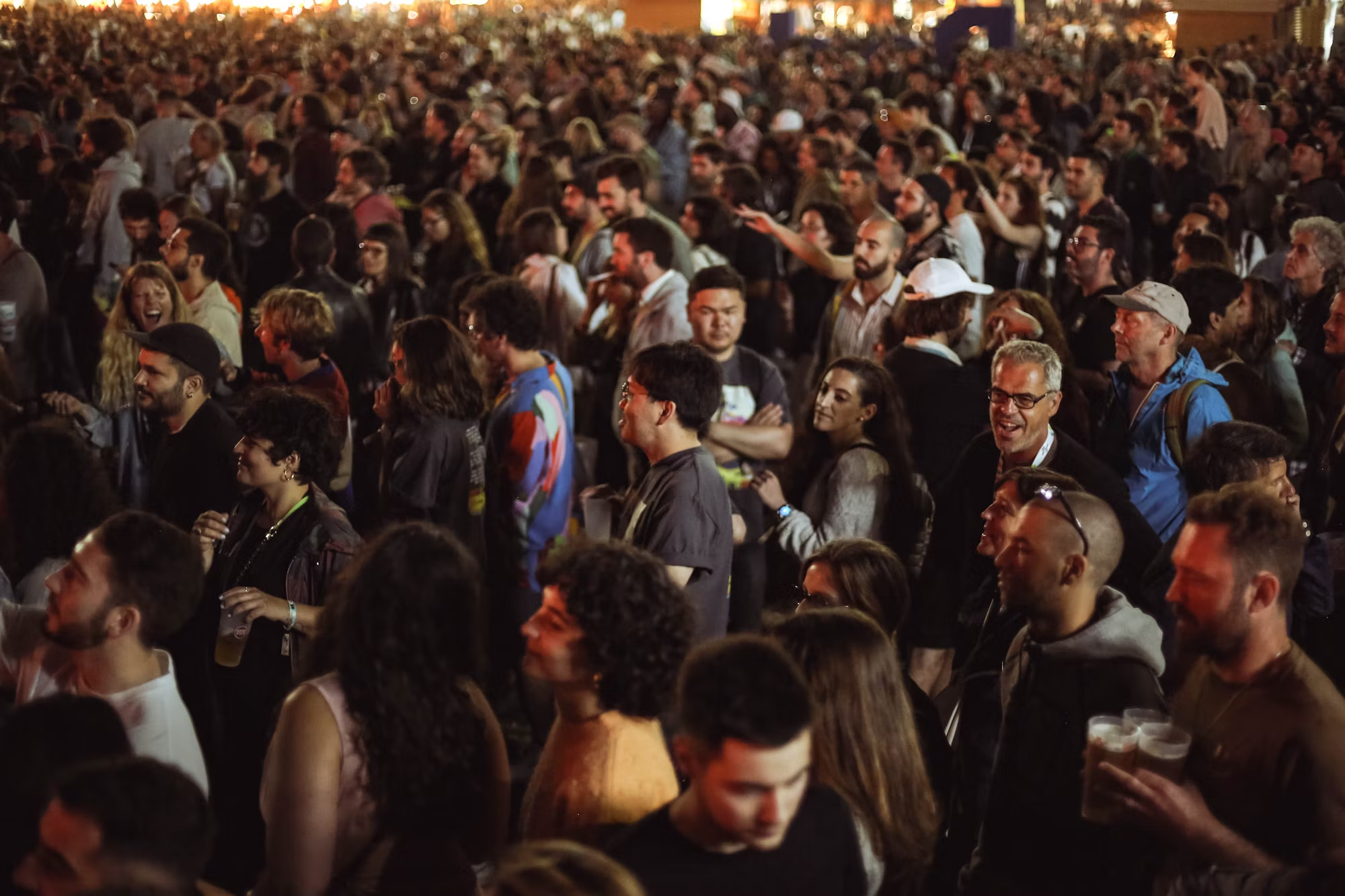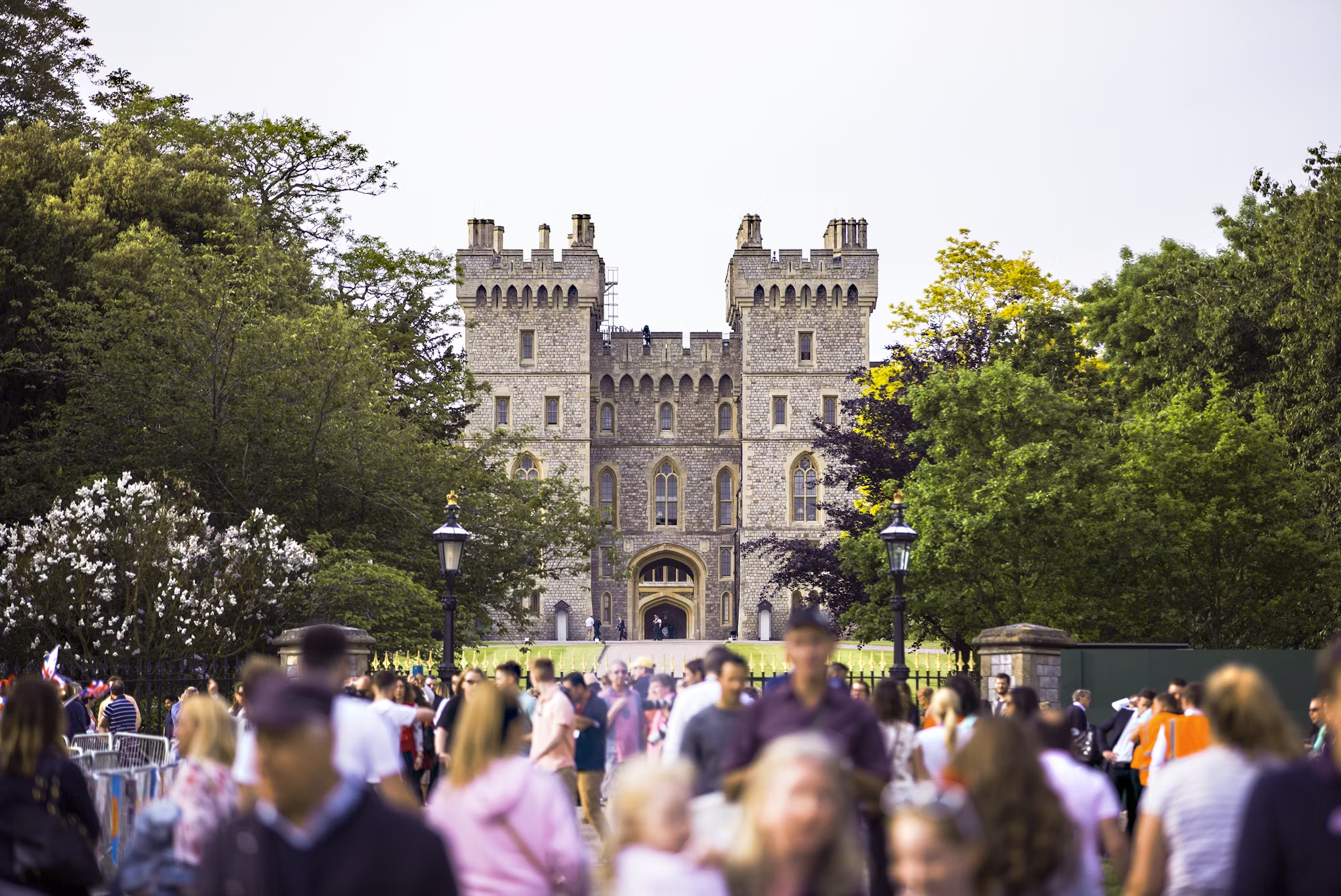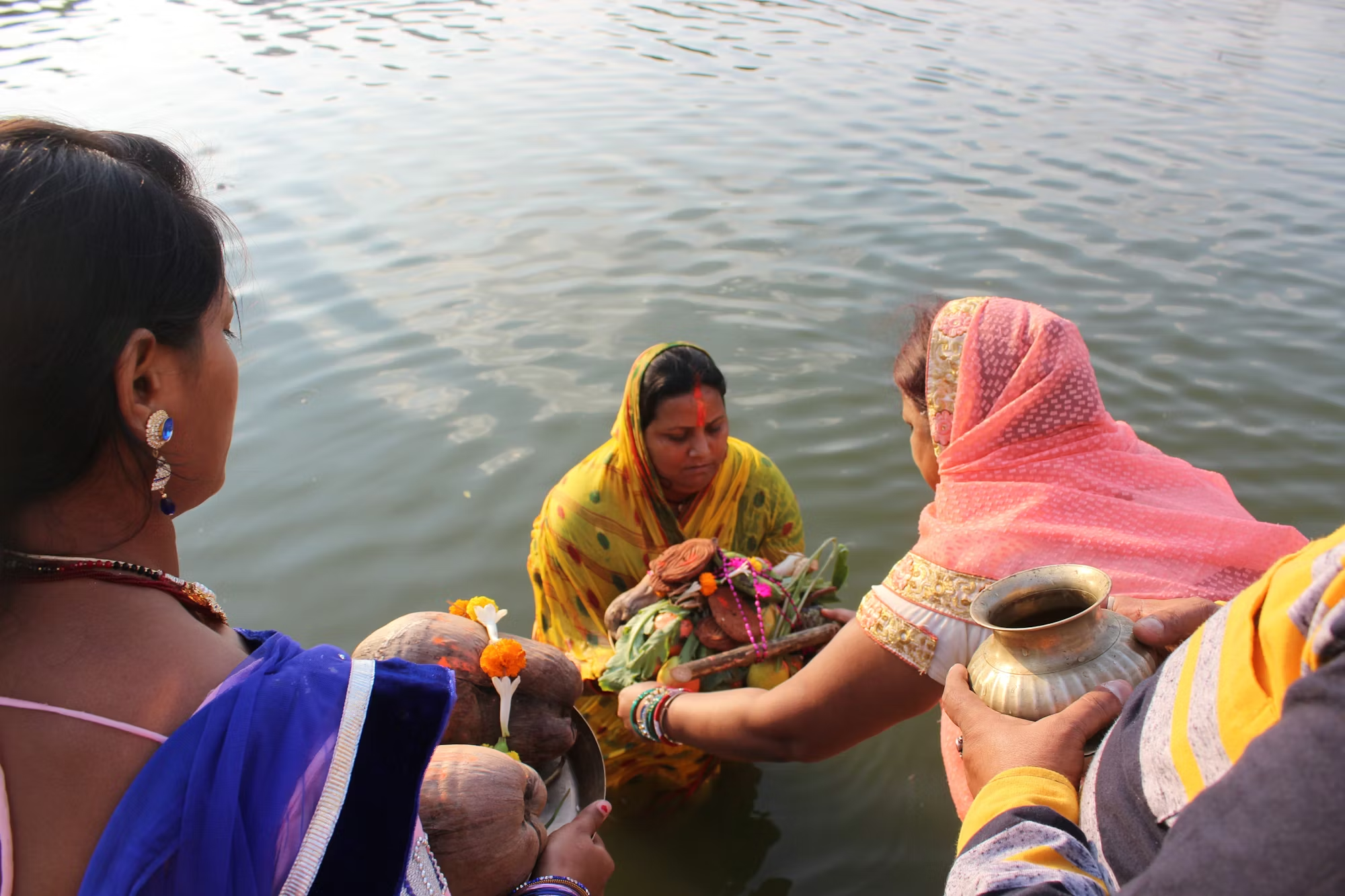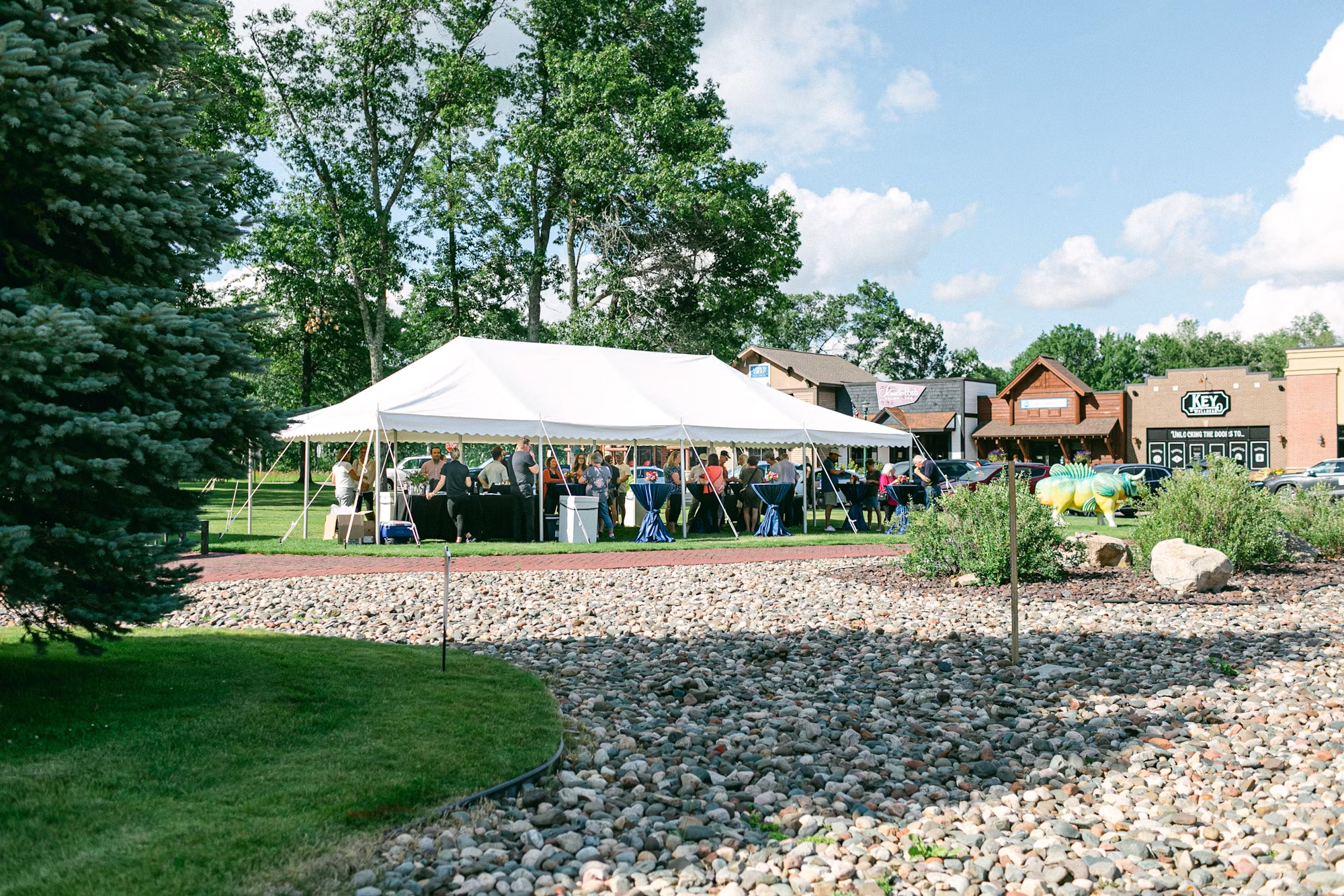The holiday season is a time for celebration, reflection, and connection with loved ones. Whether it’s Christmas, Hanukkah, New Year’s Eve, or any other festive occasion, hosting a holiday party is a wonderful way to spread cheer and create lasting memories. In this article, we will explore key elements of planning a memorable holiday party, from selecting a theme and decorations to planning the menu and activities.
The Significance of Holiday Parties
Holiday parties serve as a vital opportunity to gather friends and family, allowing us to celebrate together and embrace the joy of the season. They create a sense of belonging, warmth, and connection, fostering relationships that might otherwise take a backseat during our busy lives. These gatherings provide a perfect platform for sharing stories, reminiscing about past celebrations, and building new traditions that can be passed down through generations.
Moreover, holiday parties often encourage people to step out of their routines and enjoy the festive atmosphere. The sights, sounds, and flavors of the season can uplift spirits and create a sense of magic that enhances the overall experience.
Choosing the Right Date and Time
Selecting the right date and time for your holiday party is crucial for ensuring a good turnout. Consider scheduling your gathering on a weekend evening when most people are free from work commitments. If your party coincides with major holidays, plan it at least a week in advance to avoid conflicting schedules with other celebrations.
Additionally, sending out invitations early—ideally two to three weeks before the event—allows guests ample time to adjust their plans and ensures they can celebrate with you. Include essential details in the invitation, such as the date, time, location, and any special instructions or themes.
Choosing a Theme
Having a theme for your holiday party can make the event more cohesive and exciting. Whether it’s a winter wonderland, a classic holiday theme, or a specific cultural celebration, a well-defined theme can guide your decorations, food, and activities.
For example, a winter wonderland theme could include white and silver decor, snowflake decorations, and cozy blankets for guests. Alternatively, a cozy cabin theme might feature rustic decorations, warm lighting, and hearty comfort food. Consider incorporating elements that reflect your family traditions or the cultural significance of the holiday you’re celebrating.
Decorations and Ambiance
Creating a festive atmosphere is essential for a successful holiday party. Start with decorations that align with your chosen theme. String lights, garlands, and candles can instantly elevate the ambiance, adding warmth and a magical touch to your space. Consider using table centerpieces made from seasonal flowers or ornaments that reflect the holiday spirit.
Don’t forget to create a welcoming entrance that sets the tone for your gathering. A beautifully adorned door or a wreath can create an inviting first impression. Additionally, background music featuring holiday classics can enhance the atmosphere, encouraging guests to relax and enjoy the celebration.
Planning the Menu
The menu is often the highlight of any holiday party, so it’s important to plan carefully. Consider offering a mix of appetizers, main dishes, and desserts that cater to various tastes and dietary preferences. A buffet-style setup allows guests to sample a variety of dishes, while also encouraging mingling.
Start with a selection of appetizers, such as cheese platters, bruschetta, or seasonal dips. For the main course, consider traditional dishes that are often associated with the holiday, such as roasted meats, seasonal vegetables, and hearty casseroles. Be sure to include vegetarian or vegan options to accommodate all guests.
Desserts can range from holiday cookies and cakes to a hot chocolate bar where guests can customize their drinks with toppings. Remember, presentation matters! Beautifully arranged food displays will impress your guests and enhance their dining experience.
Activities and Entertainment
Incorporating activities and entertainment into your holiday party can create an engaging atmosphere and encourage guest interaction. Depending on the age group of your attendees, consider planning games that reflect the holiday spirit, such as holiday trivia, a white elephant gift exchange, or a festive scavenger hunt.
Craft stations can also be a fun addition, especially for families with children. Set up a space for guests to make holiday decorations or cards, allowing everyone to express their creativity while creating memories together. Additionally, consider preparing a holiday-themed playlist to keep the energy lively and encourage dancing.
Making It Personal
Personal touches can make your holiday party feel unique and special. Consider creating custom name tags for each guest, or providing personalized party favors that reflect the theme of the celebration. This could include small ornaments, homemade treats, or festive candles that guests can take home as a reminder of the celebration.
Incorporating family traditions into the party can also enhance the experience. Share stories or memories associated with the holiday, and encourage guests to share their own traditions as well. This exchange can foster deeper connections and enrich the overall celebration.
Capturing Memories
As with any gathering, capturing memories is vital. Designate someone to take photos throughout the event, or set up a photo booth with fun props that align with your theme. This not only provides entertainment but also creates lasting keepsakes for everyone involved.
You might also consider setting up a guestbook where attendees can write down their favorite moments or wishes for the new year. This adds a personal touch and serves as a beautiful keepsake for years to come.
Conclusion
In conclusion, hosting a holiday party is a wonderful way to celebrate the season and connect with loved ones. By thoughtfully planning each aspect—from choosing a theme and decorating your space to crafting a delicious menu and organizing activities—you can create a festive atmosphere that everyone will enjoy. Embrace the joy of the season, and remember that it’s the moments spent together that truly matter. Whether it’s sharing laughter over a delicious meal or reminiscing about cherished memories, these gatherings strengthen bonds and create lasting memories that will warm your heart for years to come.
So gather your friends and family, and let the celebration begin! Enjoy the magic of the holidays and cherish the connections that make this time of year so special.









